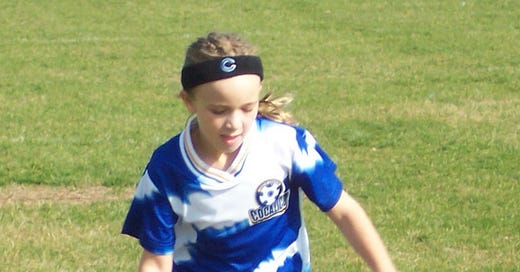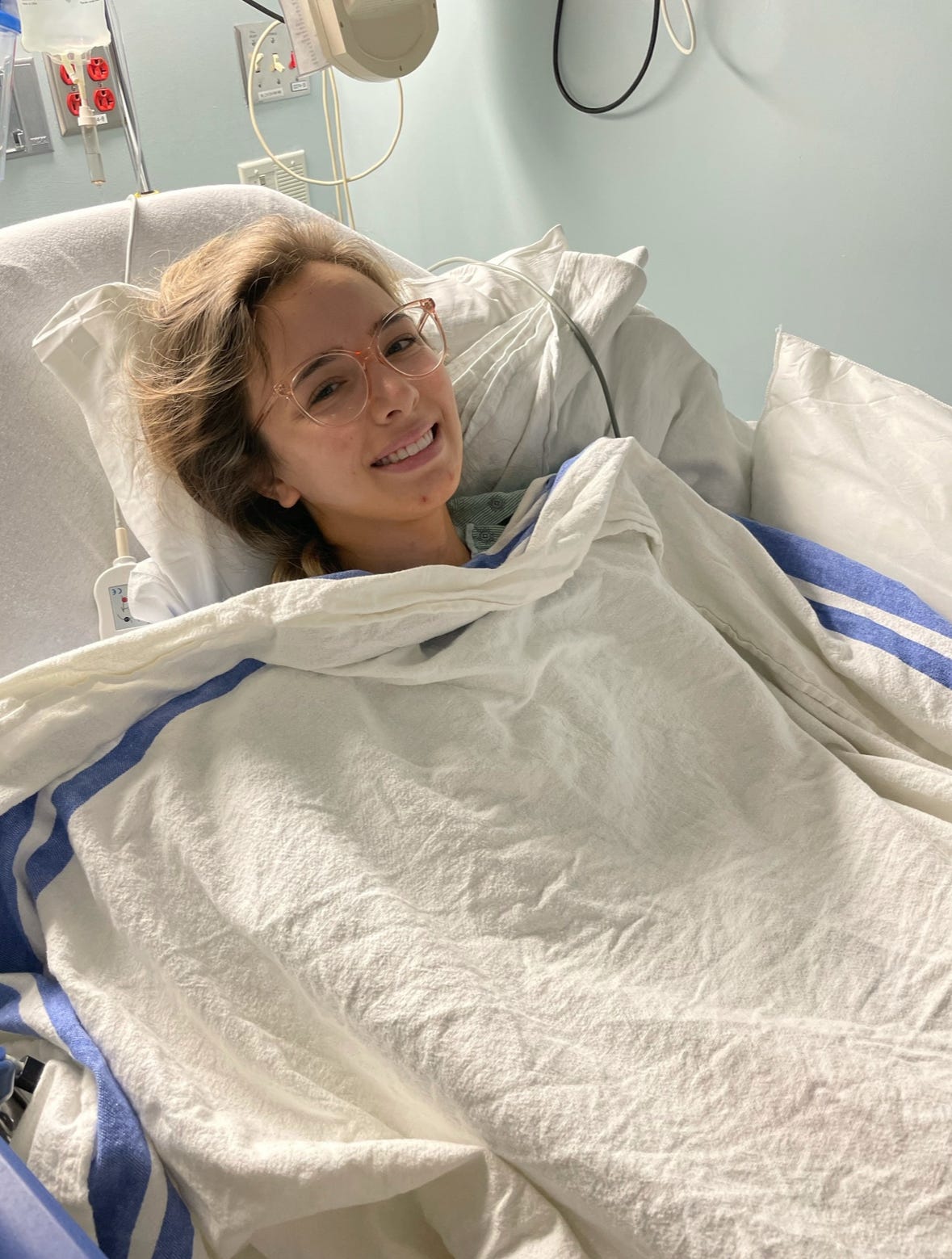Navigating the Complex Journey of Ehlers-Danlos Syndrome
My diagnosis story and EDS Awareness Month
From a young age, sports were my passion, shaping my identity - I loved (and still do) competition. Gymnastics, soccer, running, golf, lacrosse and field hockey were all big parts of my life, culminating in my pursuit of lacrosse during college. However, my college athletic career didn’t go as anticipated - there constant pain and injury, particularly in my hips, shoulders, and back.
During my freshman and sophomore years of college, the pain became unbearable, and my left arm and scapula became verysymptomatic, losing function and coordination despite my efforts to improve. I found myself confused by the fact that I was working harder than ever yet experiencing a decline in athletic performance. Each stride forward seemed to be met with a new setback, as if my body just hated me. It wasn't until a sudden, sharp decline in my physical capabilities that I realized something was seriously wrong.
Unbeknownst to me, I had suffered an injury to my brachial plexus, a condition experienced by professional basketball player Markelle Fultz, who even with his resources struggled to get answers. Throughout this, I still had no idea that I had a type of Ehlers-Danlos syndrome (EDS). I continued attributing my symptoms to the athletic training. I started recovering from my first of many shoulder/scapula procedures, only to immediately have another setback once I was active again. I was confused. How did someone in “great shape” tear their labrum in both hips simply walking up several flights of stairs? What was happening?
It wasn't until a chance encounter with a physician that pieces of the puzzle began to fall into place. Observing my struggles firsthand, the physician suggested the possibility of connective tissue disease, prompting further investigation and suggesting I see another doctor. I found myself in the office of a rheumatologist who confirmed my diagnosis of hypermobile Ehlers-Danlos syndrome (hEDS). From when I first heard EDS to my diagnosis was less than a few weeks. I couldn’t even pronounce it the day I found out. There is a privilege in this that I didn’t realize at the time. Patients go years trying to find a physician who will evaluate them for EDS, often stumbling upon the diagnosis themselves after struggling to receive care or being dismissed.
Naively, I believed that this diagnosis would herald a straightforward path to recovery, a belief that would soon be shattered by the complexities of managing EDS. Looking back, I now realize how wrong that was. As anyone with EDS knows, simply having a diagnosis is not the solution it seems to be.
Tomorrow is the start of EDS Awareness month. For me, EDS Awareness Month serves as a platform for advocacy and education, a chance to amplify the voices of those navigating similar journeys. It's about ensuring that a straightforward diagnostic experience is more universal, that others may receive answers more easily. Additionally, it's about fostering earlier recognition of EDS, dispelling misconceptions and misinformation, and expanding research and clinical care to improve outcomes for all.
As a scientist, I am committed to pushing the boundaries of knowledge in EDS, exploring new avenues of research and clinical practice that have the potential to transform lives. Throughout May, I am eager to share resources and raise awareness, joining forces with others in the EDS community to effect positive change.









Thank you for all you do for our community 💗